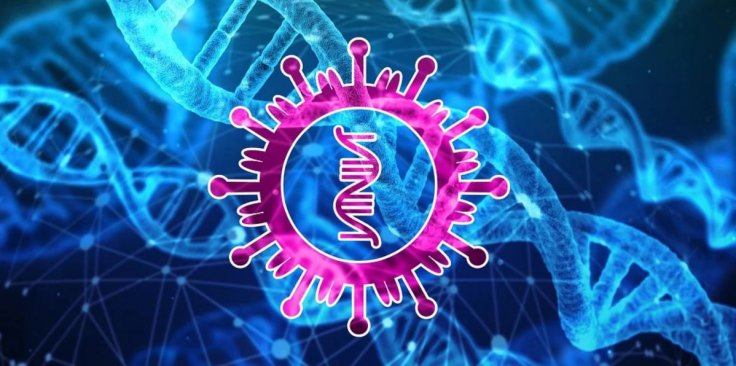As researchers from around the world are rushing up to perform tests on the new coronavirus, French researchers from the Aix-Marseille University in southern France have studied the virus' activity against high temperature. The study gives important insights regarding the safety of lab technicians working with the novel coronavirus.
French study on SARS-CoV-2

The 60-degree, 60-minute rule protocol is adopted in several testing labs to suppress the virus activity. Under this rule, the virus' specimen is heated at 60 degrees Celsius for 60 minutes. Professor Remi Charrel and colleagues at the Aix-Marseille University employed the method on SARS-CoV-2.
For the experiment, they infected the African green monkey kidney cells, a standard host material for viral activity tests, with a strain isolated from a patient in Berlin, Germany. The cells were then lodged into tubes, representing two different environments: one 'clean', the other 'dirty'. They were then heated at 60 degree Celsius, for an hour.
Results of the experiment
After heating, viral strains in the clean environment were completely deactivated. However, some strains in the dirty sample still survived. The researchers witnessed a drop in virus' activity, but enough active strains remained to replicate and infect, the non-peer-reviewed paper in bioRxiv.org concluded. The virus was completely killed after boiling it for 15 minutes at a temperature of 92 degrees Celsius.
Study's implications for lab technicians
SARS-CoV-2 is a highly virulent strain of coronavirus. Lab technicians handling the specimen are highly exposed to the deadly contagion, especially in some of the less protected laboratories in the world. Thus, they need to be deactivated before further processing, South China Morning Post reported.
"The results presented in this study should help to choose the best suited protocol for inactivation in order to prevent exposure of laboratory personnel in charge of direct and indirect detection of Sars-CoV-2 for diagnostic purpose", the researchers wrote.
Will increased temperature in Northern Hemisphere reduce coronavirus infection?
It's widely believed that viruses survive longer in colder temperatures, and that as summer arrives in the Northern Hemisphere, the novel coronavirus infections would witness a dip. However, there isn't any study to substantiate this claim.
In a study published in Journal of the American Medical Association (JAMA) late last month, a team of Chinese researchers reported a cluster outbreak at a public bath in Huaian, in the eastern province of Jiangsu.
On January 18, a coronavirus patient visited a bath and sauna. It had a temperature higher than 40 degrees Celsius and an average humidity of 60%. However, 8 other people, including a staff member, were reported infected thereafter.
"The transmissibility of Sars-CoV-2 showed no signs of weakening in warm and humid conditions", the paper noted. However, the study didn't determine whether the disease was transmitted through airborne-droplets or surface, such as a doorknob.
Since its outbreak in late December, the novel coronavirus has infected over 2 million people worldwide and killed 126,754.









